If your skin is breaking out in hives, your lips feel puffy, or your throat feels tight after taking your blood pressure pill, every minute counts. This guide shows you exactly what to do if you have an allergic reaction to lisinopril-HCTZ-how to spot danger, what to do right now, and how to avoid it happening again.
TL;DR
- Emergency signs: swelling of lips/tongue/throat, trouble breathing, wheezing, hoarse voice, fainting-call emergency services now and stop the drug.
- Have an epinephrine autoinjector? Use it at the first sign of breathing trouble or throat swelling. Then seek urgent care.
- Hives or mild rash but breathing is okay: stop the drug, take a non-drowsy antihistamine if you can, and get same‑day medical advice.
- Had lip/tongue swelling on lisinopril before? You should not take any ACE inhibitor again; talk with your prescriber about safer alternatives.
- Photosensitive rash or severe skin symptoms (blisters, skin peeling, sores in mouth/eyes) need urgent evaluation-go to the ER.
Recognize a reaction fast: what’s serious, what can wait
Not all reactions look the same. Lisinopril can trigger angioedema-sudden, deep swelling, often of the lips, tongue, or throat. Hydrochlorothiazide (HCTZ) can cause hives, photosensitive rash, and in rare cases severe skin reactions. Severe reactions can happen anytime-even after years on the same dose.
Use this quick read on common patterns:
- Breathing or airway issues (tight throat, hoarse voice, trouble breathing, noisy breathing, drooling, trouble swallowing): treat as an emergency. Angioedema can block the airway.
- Swelling of lips, face, or tongue without itch or hives: likely angioedema. It can worsen fast-get urgent care even if you can still breathe.
- Hives/itchy rash but normal breathing: usually histamine‑type allergy. Still stop the drug and get same‑day advice.
- Blistering rash, widespread redness, skin pain, eye or mouth sores: possible severe reaction (like SJS/TEN)-go to the ER now.
- Sun‑exposed rash while on HCTZ: photosensitivity. This can be mild but needs a medication review and strict sun protection.
| Symptom | Why it matters | Urgency | Action |
|---|---|---|---|
| Lip/tongue/throat swelling | ACE‑inhibitor angioedema can block the airway | Emergency | Call emergency services; use epinephrine if available and breathing is affected; stop the drug |
| Hives (itchy welts) | Allergic reaction; less likely to close airway if mild | Same‑day | Stop the drug; take a non‑drowsy antihistamine if safe for you; contact clinician today |
| Wheezing, chest tightness, faintness | Possible anaphylaxis | Emergency | Use epinephrine if prescribed; call emergency services |
| Blisters, peeling skin, mouth/eye sores | Possible SJS/TEN-life‑threatening | Emergency | Go to the ER; stop the drug |
| Sun‑triggered rash | HCTZ photosensitivity | Prompt (1-3 days) | Cover up, SPF 30+, discuss medication change |
"Head and neck angioedema has been reported in patients treated with ACE inhibitors, including lisinopril. This may occur at any time during treatment. Discontinue the drug and provide appropriate therapy and monitoring until complete resolution." - U.S. Food and Drug Administration prescribing information
Immediate actions: a simple step‑by‑step playbook
- Stop taking lisinopril‑HCTZ now. Do not take another dose until a clinician clears it.
- Check your airway and breathing. Can you breathe and swallow normally? Is your voice changing or getting hoarse? Do you hear a high‑pitched sound when breathing? Any tongue or throat swelling means emergency care.
- If breathing is hard or your throat feels tight, use epinephrine if you have it. Then call emergency services. If you do not have epinephrine, still call immediately.
- Position for comfort and safety.
- Trouble breathing: sit upright.
- Feeling faint: lie on your back and raise your legs.
- If vomiting: lie on your side.
- Do not drive yourself if you feel dizzy, your vision is blurry, or you’re short of breath. Ask someone to take you or call for help.
- For hives without breathing issues: If you can safely take it, use a non‑drowsy antihistamine (like cetirizine or loratadine). Avoid sedating options if you’re alone or must travel for care. Still arrange same‑day medical advice.
- Save the details. Note when you took your last dose, when symptoms started, everything you felt, and any other new meds (including over‑the‑counter or herbal). Bring the pill bottle to care.
- Do not try “test doses.” Even a small amount can trigger a worse repeat reaction.
One more nuance: angioedema from ACE inhibitors is usually bradykinin‑mediated. Antihistamines and steroids may not help much if there’s no itch or hives. Airway management is the priority. If anaphylaxis is suspected (breathing trouble, low blood pressure, hives), epinephrine is still the first‑line treatment while help is on the way.
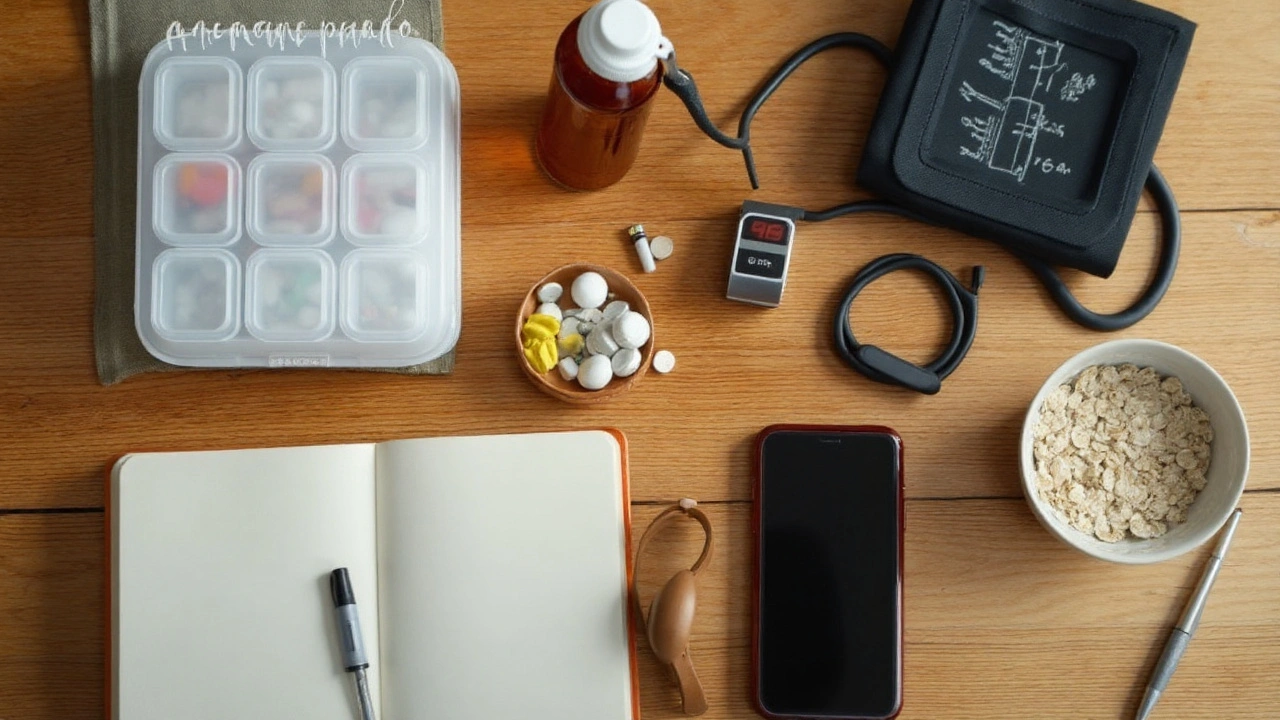
Real‑world scenarios and how to handle them
Here are common situations people run into-and clear next steps.
- Your lip swelled this morning; breathing is fine. Stop the drug. Get urgent care today because lip swelling can spread to the tongue or throat. You’ll likely be told to avoid all ACE inhibitors in the future.
- You broke out in hives two hours after a dose. Stop the drug. If safe for you, take a non‑drowsy antihistamine. Arrange same‑day care. If hives spread fast, you feel dizzy, or you start wheezing, seek emergency care.
- Rash appears only after sun exposure. HCTZ can make skin sun‑sensitive. Cover up, use SPF 30+ broad‑spectrum sunscreen, and talk with your prescriber within a few days about switching.
- You’ve been on lisinopril‑HCTZ for years and just had tongue swelling. It can happen late. Stop the drug and go to the ER. Late angioedema is a known risk with ACE inhibitors.
- You’re allergic to sulfa antibiotics and worry about HCTZ. True cross‑reaction is uncommon, but not zero. If you have hives, swelling, or breathing issues after HCTZ, treat as above. Discuss alternatives with your prescriber.
- You take sitagliptin (a DPP‑4 inhibitor) or sirolimus/everolimus. These can raise the risk of ACE‑inhibitor angioedema. Be extra cautious and report any swelling right away.
- You had a dry cough on lisinopril before. Cough alone isn’t allergy, but it shows you’re sensitive to ACE inhibitors. Any swelling tips the balance toward permanently avoiding ACE inhibitors.
| Risk factor or fact | What evidence shows |
|---|---|
| ACE‑inhibitor angioedema incidence | Roughly 0.1-0.7% of users; can occur anytime during therapy (FDA labeling; large cohort studies) |
| Higher risk groups | Higher rates reported in Black patients; prior angioedema; concurrent DPP‑4 inhibitors or mTOR inhibitors |
| Recurrence risk on re‑exposure | Significant; ACE inhibitors are generally contraindicated after ACEI‑angioedema (cardiology and allergy guidelines) |
| Sulfonamide cross‑reactivity (HCTZ) | True cross‑allergy from sulfonamide antibiotics to non‑antibiotics like HCTZ appears low but not zero (allergy society statements) |
Checklists, decision rules, and what to tell your doctor
Use these quick tools to move from panic to a plan.
Fast decision rule
- Any breathing trouble, throat/tongue swelling, faintness: emergency services now.
- Hives only and you feel okay: stop the drug; take a non‑drowsy antihistamine if you can; get same‑day medical advice.
- Blisters, skin pain, peeling, mouth/eye sores: ER now-do not wait.
What to bring or note for care
- The prescription bottle and exact dose.
- Time of last dose and when the reaction started.
- All other medications, vitamins, and herbs you took in the past week.
- Any recent infections, vaccines, or new foods.
- Past reactions to ACE inhibitors or sulfonamides.
What to ask your clinician
- Was this angioedema, hives, or something else?
- Should I avoid all ACE inhibitors permanently?
- Are ARBs, calcium channel blockers, or other options safer for me?
- Do I need an epinephrine autoinjector?
- Should I see an allergist for testing or a drug challenge when appropriate?
- How do we update my medical record and pharmacy profile with this allergy?
Prevention tips
- Once you’ve had ACE‑inhibitor angioedema, avoid all ACE inhibitors going forward.
- Be careful with drug combinations that raise risk (e.g., DPP‑4 inhibitors like sitagliptin). Your clinician may switch one of them.
- With HCTZ‑linked photosensitivity, use SPF 30+ broad‑spectrum sunscreen, wear a hat and long sleeves, and consider a medication change.
- Carry a wallet card listing your drug allergies.
- Know your backup blood pressure plan. Don’t leave the clinic without it.

FAQ and next steps to stay safe
Is angioedema from lisinopril an allergy?
It behaves differently from classic allergies. It’s usually driven by bradykinin, not histamine. That’s why antihistamines and steroids may not work well. But the airway risk is real, and you should treat it as an emergency.
Can I ever take an ACE inhibitor again?
Not if you had angioedema. Guidelines recommend avoiding ACE inhibitors permanently after any ACEI‑angioedema. ARBs may be considered later with careful monitoring, but that’s a shared decision with your clinician.
If I have a sulfa antibiotic allergy, must I avoid HCTZ?
Many people with sulfa antibiotic allergies take HCTZ without issues. True cross‑allergy is uncommon, but not impossible. If you had a reaction on HCTZ, talk with an allergist about the best route forward.
Is a dry cough on lisinopril an allergic reaction?
No-it’s a known side effect. But if cough shows you’re sensitive to ACE inhibitors and you later get swelling, consider ACE inhibitors off the table.
What about kids, pregnancy, or older adults?
ACE inhibitors are not used in pregnancy due to fetal risk. Anyone with swelling or breathing issues-at any age-needs urgent care. Older adults may decompensate faster; don’t wait on symptoms to “settle.”
Will my blood pressure spike if I stop the pill suddenly?
It might rise, but that’s safer than risking airway closure. Your clinician can bridge you with another option quickly. Keep checking your readings at home if you can.
Which treatments might the ER use?
They focus on airway protection first. Depending on the case, they may give epinephrine (if anaphylaxis is suspected), antihistamines, steroids, nebulized epinephrine, or bradykinin‑targeted therapies in select cases. They’ll monitor you until swelling fully settles.
Can angioedema return even after stopping the drug?
Sometimes swelling waxes and wanes for 24-72 hours. That’s why observation is common when the tongue or throat is involved.
How do I prevent mix‑ups later?
Ask your clinician to document the reaction in your chart and pharmacy profile, add it to your medication list, and give you a written note. Snap a photo of the note and keep it on your phone.
What credible sources back this up?
U.S. FDA prescribing information, statements from the American Academy of Allergy, Asthma & Immunology, and cardiology guidelines all warn about ACE‑inhibitor angioedema, the need for drug discontinuation, and the lasting avoidance of ACE inhibitors after a reaction.
Next steps if you’re reading this right after a mild reaction
- Stop lisinopril‑HCTZ now.
- If it’s only hives and you can breathe fine, consider a non‑drowsy antihistamine.
- Contact your prescriber the same day to discuss alternatives and whether you need an in‑person visit.
- Set a reminder to update your allergy list in your patient portal and pharmacy profile.
Next steps if you had facial or tongue swelling
- Seek urgent care or emergency services at once-even if you’re breathing okay right now.
- Plan to avoid all ACE inhibitors from now on. Ask about ARBs, calcium channel blockers, or other options.
- Ask whether you should carry an epinephrine autoinjector while your plan is sorted out.
Next steps if you had a severe skin reaction
- Go to the ER if blisters, skin peeling, or mouth/eye sores are present.
- Discuss alternative diuretics or non‑diuretic options for blood pressure.
- Take photos (if safe) to document the rash progression for your medical team.
Bottom line: if swelling or breathing is involved, get emergency help and stop the medication. For hives or rashes without breathing issues, stop the drug and speak with a clinician the same day. Once you’re safe, lock in a long‑term plan so this doesn’t blindside you again.
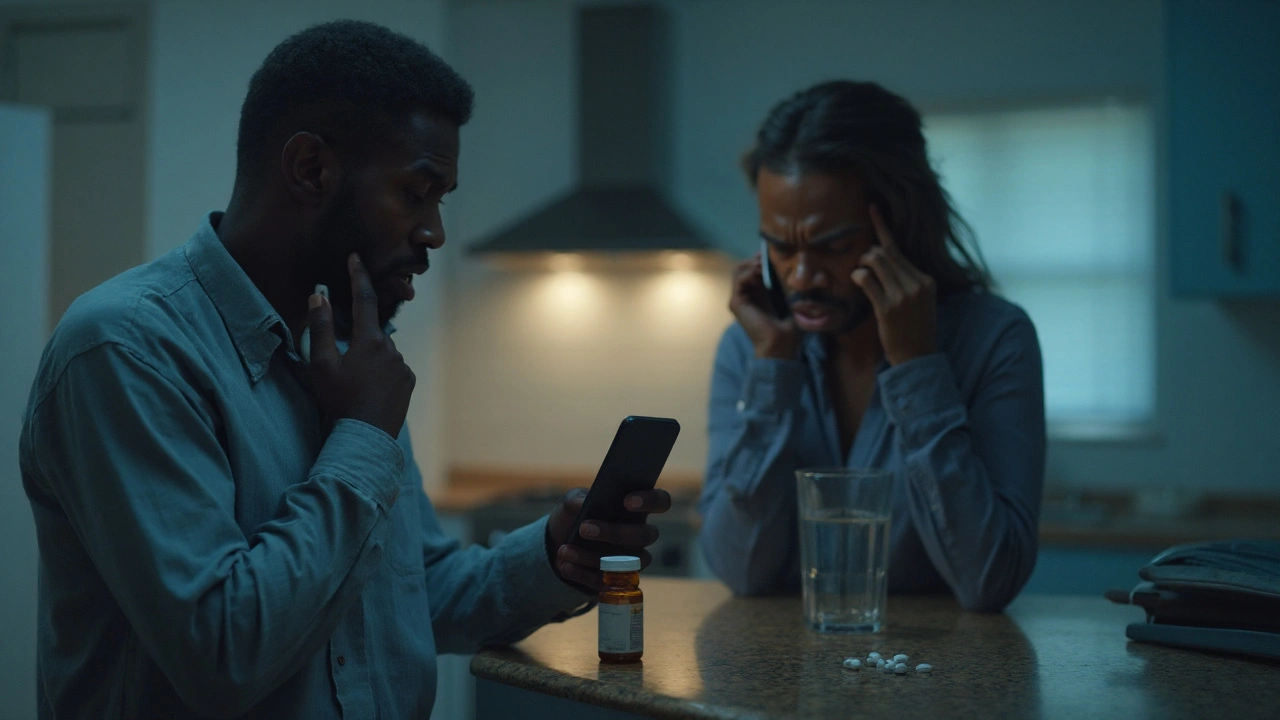
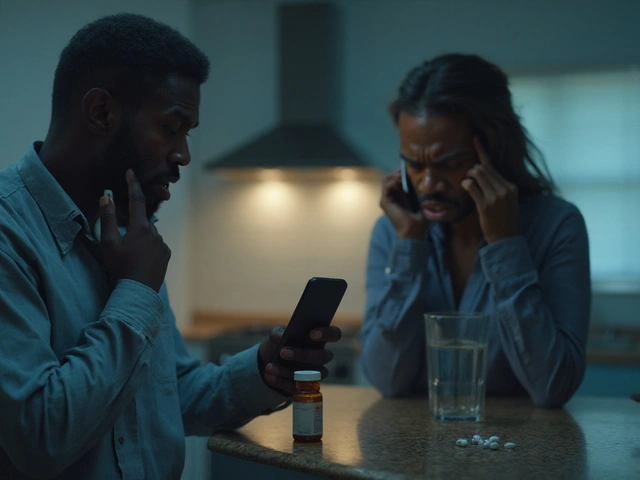
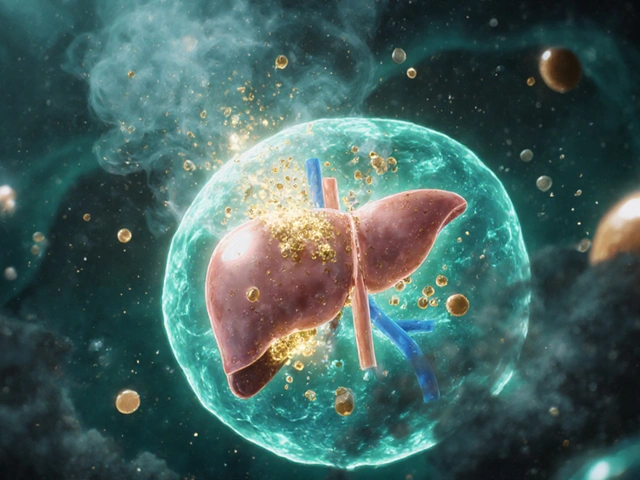
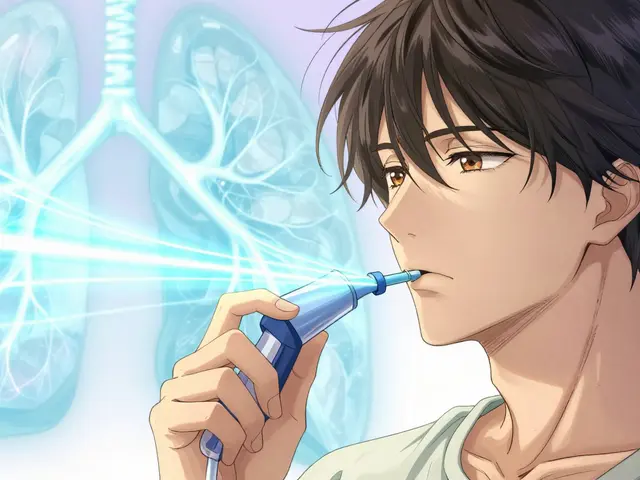



Billy Schimmel
September 20, 2025 AT 03:52Shayne Smith
September 21, 2025 AT 18:41Katie O'Connell
September 23, 2025 AT 11:28Clare Fox
September 25, 2025 AT 00:52Akash Takyar
September 26, 2025 AT 15:59Arjun Deva
September 27, 2025 AT 14:21Inna Borovik
September 28, 2025 AT 05:12